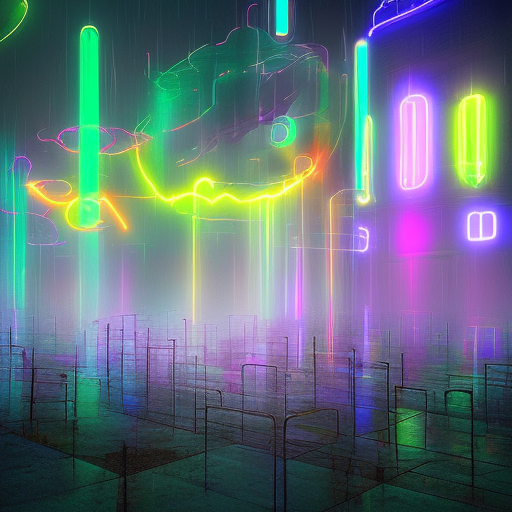One-line Summary:
Blade Runner (1982) directed by Ridley Scott
In a dystopian future, a retired police officer, known as a Blade Runner, is tasked with hunting down and eliminating four replicants who have escaped from an off-world colony and returned to Earth to find their creator.
Main Cast and Crew:
- Director: Ridley Scott
- Writers: Hampton Fancher, David Peoples
- Main Cast:
- Harrison Ford as Rick Deckard
- Rutger Hauer as Roy Batty
- Sean Young as Rachael
- Edward James Olmos as Gaff
- Daryl Hannah as Pris
- Joanna Cassidy as Zhora
- Music Director: Vangelis
- Director of Photography: Jordan Cronenweth
- Producers: Michael Deeley, Charles de Lauzirika, Ridley Scott
Plot:
In a futuristic Los Angeles, Blade Runner Rick Deckard is reluctantly pulled out of retirement to track down and “retire” four rogue replicants – genetically engineered beings virtually indistinguishable from humans. As Deckard delves deeper into his investigation, he becomes emotionally entangled with Rachael, a replicant who believes she is human. Meanwhile, the leader of the rogue replicants, Roy Batty, seeks to extend his limited lifespan and confront his creator, Dr. Eldon Tyrell.
Deckard’s pursuit of the replicants leads him to confront his own morality and question what it means to be human. As he becomes more empathetic towards the replicants, he begins to question the ethics of his mission and his own identity. The film explores themes of identity, memory, humanity, and the consequences of playing god.
Themes and Motifs:
Blade Runner delves into the nature of humanity and the blurred lines between humans and replicants. The film raises questions about what it means to be alive and the ethical implications of creating artificial life. The motif of eyes is prevalent throughout the film, symbolizing both perception and the ability to see beyond surface appearances. The rain-soaked, neon-lit cityscape of Los Angeles serves as a visual representation of the dystopian future and the moral ambiguity of the characters.
Reception and Legacy:
Upon its release, Blade Runner received mixed reviews from critics but has since gained a cult following and is regarded as a seminal science fiction film. It has been praised for its stunning visuals, atmospheric score by Vangelis, and its philosophical themes. The film was nominated for two Academy Awards and won several awards for its visual effects and art direction.
Blade Runner’s influence on the science fiction genre and popular culture cannot be overstated. Its dystopian vision and philosophical exploration have inspired countless films, books, and video games. The film’s themes continue to resonate with audiences, and its visual style has become iconic.
Recommendation:
Blade Runner is a must-watch for fans of science fiction and those interested in exploring complex themes. Its thought-provoking narrative, stunning visuals, and memorable performances make it a classic in the genre. However, viewers should be prepared for a slow-paced and introspective experience.
Memorable Quote:
“I’ve seen things you people wouldn’t believe. Attack ships on fire off the shoulder of Orion. I watched C-beams glitter in the dark near the Tannhäuser Gate. All those moments will be lost in time, like tears in rain. Time to die.” – Roy Batty












